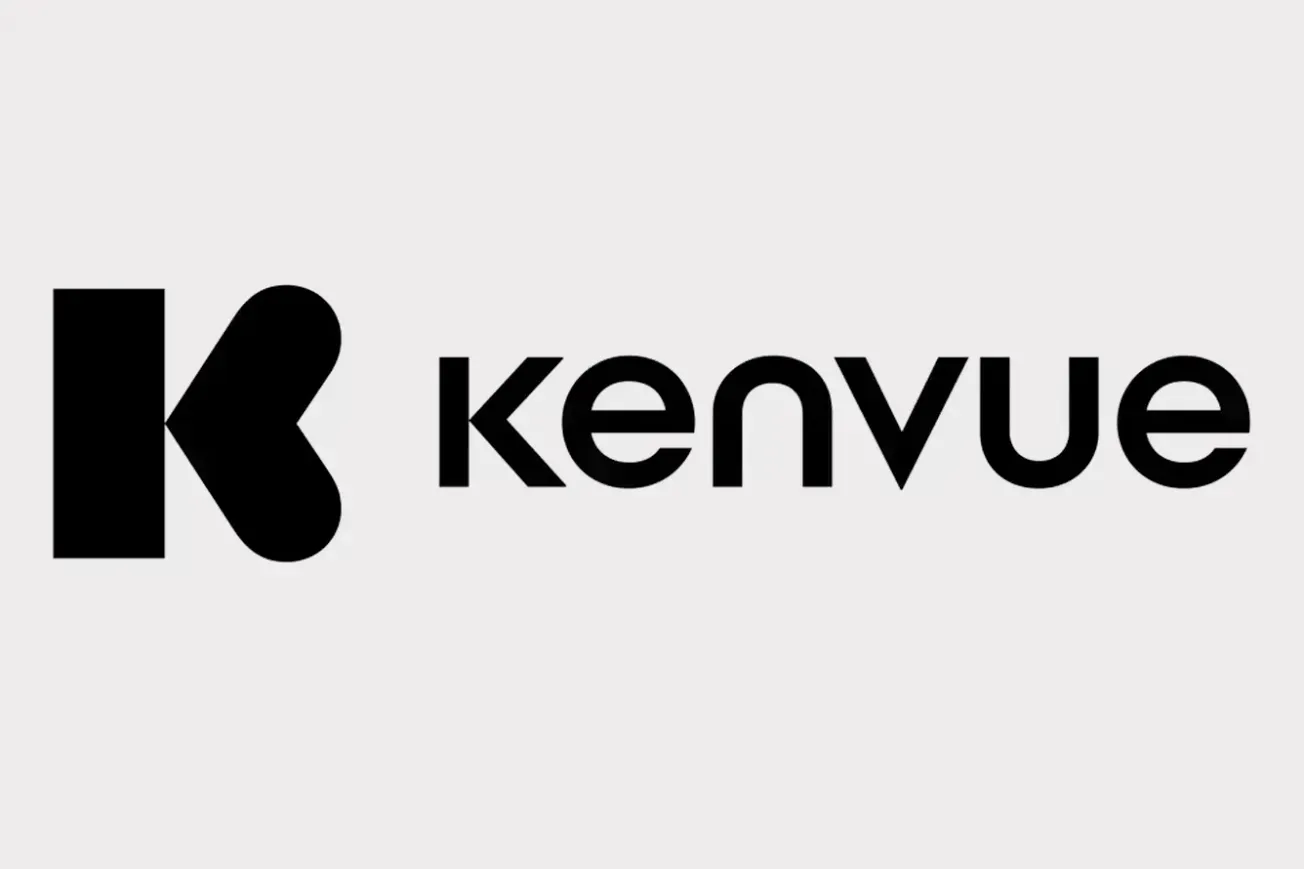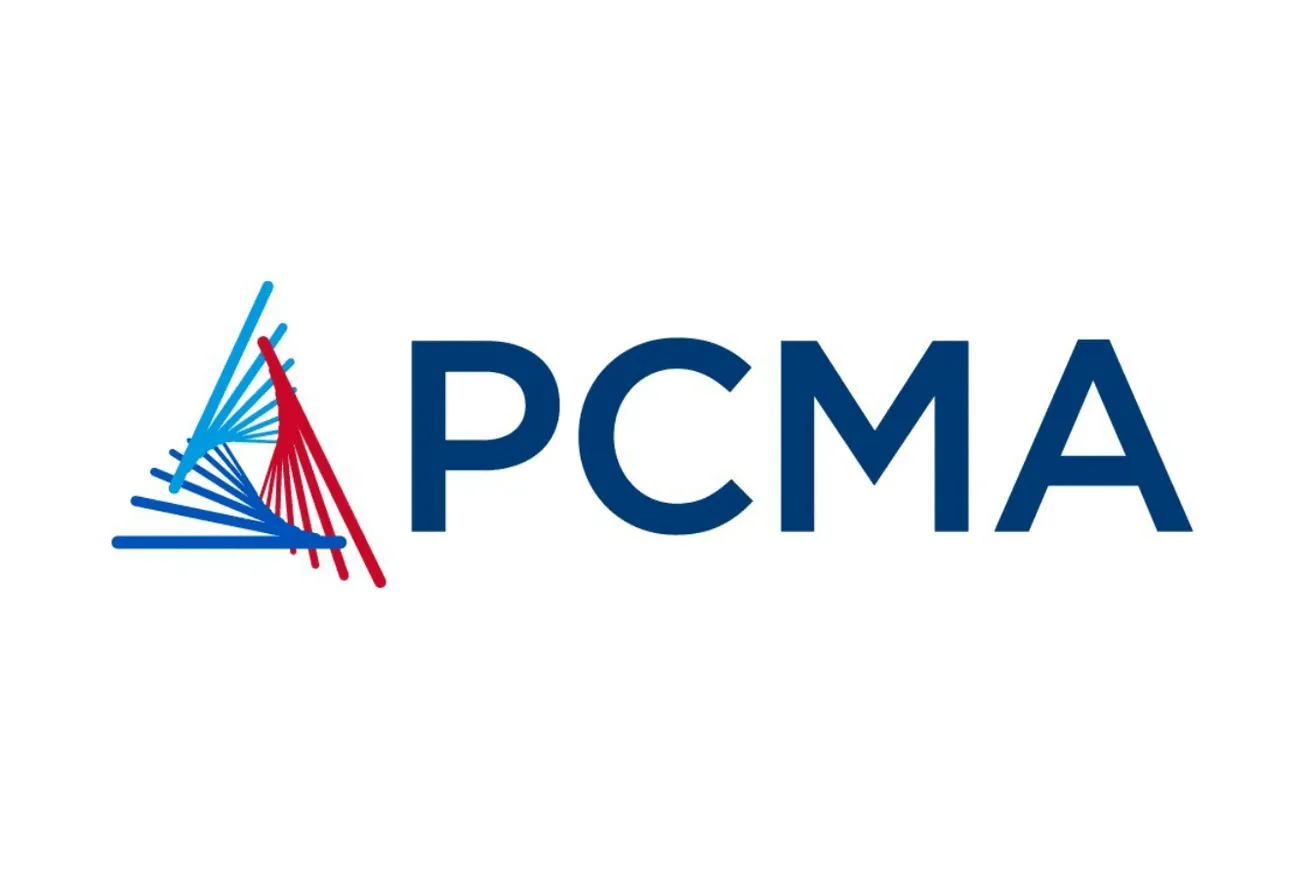WAUKESHA, Wis. — Skin care is a strong and steady category with room for growth.
SymphonyIRI Group Inc. data shows that sales of soap, hand and body lotion, and skin care products remained relatively flat during the 52 weeks ended March 21, rising only slightly.
However, a closer look reveals that certain segments did notably well during the same time frame. Antiaging body products, for example, saw a sales increase of 14%; fade/bleach products were up 18%; and sales of liquid body washes were up 13%. These numbers include results for food, drug and mass outlets, except Walmart.
The reason behind the increased use of antiaging products is clear. Baby boomers are turning 65 at a rate of 7,500 per day, and many don’t like what they see in the mirror. From maintaining an active lifestyle to preserving a younger-looking appearance, this generation is leading the antiaging trend across many categories, including skin care. With older Americans typically more affluent than the younger demographic, antiaging products should continue to perform well for some time.
Though skin-lightening products have become increasingly popular in Asia, Africa and the Caribbean, they have not had such a strong following in the United States. However, sales numbers show that skin bleaching products are now on the rise, topping out at over $53 million this spring. This may be related to the antiaging phenomenon, as consumers attempt to cover up age spots, freckles and other pigment discolorations.
Sales of liquid body washes continue to rise, propelled in part by growth in the men’s skin care segment. In the past 12 months alone more than 40 new men’s skin care products were introduced to the marketplace from such brands as Dove, Suave, Dial and Lubriderm. Axe and the newly rebranded Old Spice continue to draw in a younger male demographic. As “his and hers” body cleansing products become standard shower accessories, this trend shows no sign of slowing.
A look back at hand sanitizers shows that they were up 73% in 2009 from the prior year. This was due to the large H1N1 flu outbreak. Some stores even experienced temporary outages of product as consumers raced to keep the virus at bay. However, a slower 2010 flu season created the biggest drop in any skin care segment in 2010 — a decrease of 33%.
Don’t rush to replace hand sanitizers on your shelves, though. Early indicators point to an active 2011 flu season, and while sales numbers may not reach what they were during the H1N1 scare, you don’t want to leave your shoppers in a panic if they can’t find the hand sanitizer they need.
Products perceived as natural or organic continue to attract a wider audience. Products containing fewer chemicals, such as those that are marketed as sulfate-free, represent a trend that began in the hair care category and is now crossing over to skin care.
Manufacturers are beginning to capitalize on the “less is more” trend of promoting minimal and natural ingredients in their lotion and cleansing products.
Another trend in the skin care category is that brands with long histories are using new packaging to help differentiate themselves. At least five well-established brands have introduced major packaging changes in the last year; these include St. Ives, Clearasil, Cetaphil, Noxema and Lubriderm.
Skin care sales among all retailers may be flat, but there are steps that savvy retailers can take to differentiate themselves from their competitors.
First, remember to think outside the box when determining who the competition really is. Certainly other drug stores are worthy opponents; however, when it comes to the skin care category, drug stores are also competing with other retail formats, and these are dependent on your shoppers. The first hidden competitors are spas and department stores. Customers who shop these venues see browsing and purchasing skin care products less as a utilitarian event and more as a holistic experience.
To compete with spas and department stores, carry a few high-end, premium-price skin care lines and create a warm and inviting environment for your shoppers. Set up a sampling bar with comfortable chairs. Host special events on the weekends, such as “mommy and me makeovers” or seminars presented by skin care specialists.
Skin care can be the gateway to beauty care, but that requires more than simple category adjacency. It means connecting the categories in a way that makes women feel special.
Drug stores are also competing with dollar stores and mass outlets. While one segment of women enjoys high-end pampering, another segment is focused on their bottom line. To them, skin care products serve a purpose — soap should make them clean and lotion should keep their skin moist. If a dollar store brand can do those things, they are satisfied. To reach this customer, consider stocking more private label equivalents to the national brands.
Regardless of shopper demographic, most customers appreciate the opportunity to purchase trial products that help them confidently choose a brand that works for them. Create a shopper experience that wows them and they will reward you with shopping loyalty and word-of-mouth promotion.
*Editor’s Note: Jennifer Johnston is a researcher and writer with Hamacher Resource Group Inc., a retail consumer health care research and marketing company based in Waukesha, Wis.







